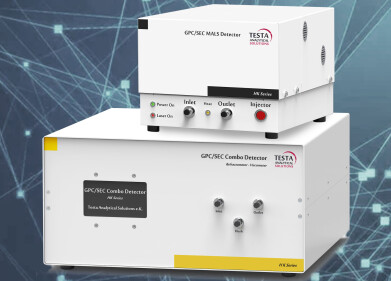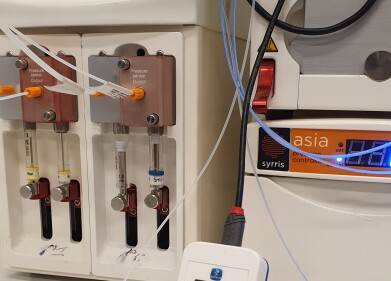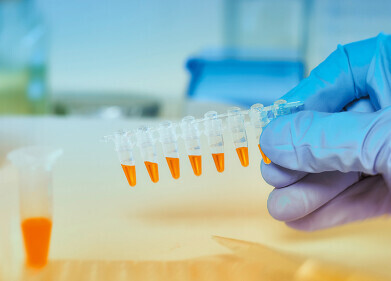Liquid Chromatography
Can Solar Energy Be Turned into Hydrogen Fuel? — Chromatography Explores
Nov 28 2017
The search for renewable or green energy alternatives to fossil fuels is one of the main challenges we face. Although some people still deny its existence — anthropomorphic climate change is happening, at least according to 97% of climate scientists active publishing. Besides, many people consider alternative energy sources to be more environmentally friendly, look at the resistance to ‘fracking’ in the UK.
While most people are probably aware of wind power, and have seen solar panels on their neighbours’ houses — there are many other forms of alternative energy that are currently in use or are being researched. One of the alternatives is hydrogen fuel — and a recent paper published in ACS Nano — Cell-Free Synthetic Biology Chassis for Nanocatalytic Photon-to-Hydrogen Conversion — might just have found a way to bring hydrogen fuel closer to the marketplace.
The lightest fuel
The work — carried out by researchers at the US Department of Energy’s Argonne National Laboratory — essentially has found a way to convert sunlight to hydrogen fuel. Hydrogen fuel is considered one of the most exciting fuels of the future as it would be one the cleanest fuels for us to use — leaving only water after it has been burnt.
Unfortunately, it is difficult to produce in large quantities and expensive to use as the fuel to-go-to for motorists. Part of the problem is creating fuel cells that can store the hydrogen ready for use. But, hopefully that could change — the researchers at the Argonne labs have found a way to make hydrogen fuel using fats and sunlight which could be cheaper and open the way for hydrogen fuel use.
Synthetic purple membranes
The researchers created a ‘synthetic purple membrane’ comprised of nano-discs, titanium dioxide and platinum nanoparticles — which acts as a proton pump. The membrane mimics a natural bacterial process found in an ancient single-celled organism that use energy from visible light to pump protons across a cell membrane — this creates an electrical gradient that the organism uses to make and store chemical energy.
The team used the nano-discs and synthetic biological components to make the membrane, which when assembled with nanoparticles of titanium dioxide made hydrogen under visible light. As explained in a press release from Argonne:
When the artificial protein-modified titanium dioxide absorbs the visible light, it uses the energy of the light to generate electrons, which eventually interact with protons on the surface of a co-catalyst to form hydrogen.
The team used chromatography to help prepare the synthetic biological components — the use of chromatography to separate biological samples is discussed in the article, Enhanced Peptide Identification Using Capillary UHPLC and Orbitrap Mass Spectrometry.
The research highlights the work being carried out to reduce our requirements on fossil fuels — a revolution in clean energy.
Digital Edition
Chromatography Today - Buyers' Guide 2022
October 2023
In This Edition Modern & Practical Applications - Accelerating ADC Development with Mass Spectrometry - Implementing High-Resolution Ion Mobility into Peptide Mapping Workflows Chromatogr...
View all digital editions
Events
Apr 23 2024 Kintex, South Korea
Apr 23 2024 Seoul, South Korea
Apr 28 2024 Montreal, Quebec, Canada
May 05 2024 Seville, Spain
May 15 2024 Birmingham, UK













